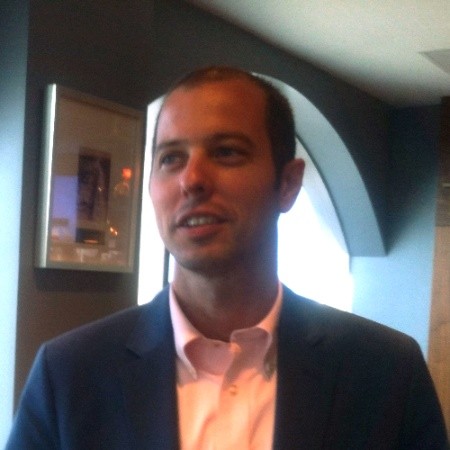Bringing our canals back to life: The science behind the living seawall
Just beyond the garden at The Church by the Sea in Fort Lauderdale, a quiet but powerful transformation is underway. The seawall, which has long served as a static concrete barrier between land and water, is being reimagined into something entirely new: a “living seawall.” But what does that mean—and how can a wall come to life?
To help frame the scale of change in our waterways, consider this vivid excerpt from Camping and Cruising in Florida (1884), describing the New River:
“The tide then began to make, and with it came hundreds of sharks, sting-rays, saw-fish, and porpoises. . . Huge man-eaters swarmed around my raft, immense rays dived beneath it, and an occasional saw-fish would come darting toward me, stop suddenly, wagging his tail, seemingly undecided whether to run a saw on me or flop me over with his tail, while the harmless porpoises went rolling by, thinking it great fun.”
This description reminds us of the extraordinary richness and abundance that once defined our waterways.
Why seawalls matter
Seawalls are essential infrastructure in South Florida. They prevent erosion, protect property, and provide a line of defense against storms. But they’ve historically come at a cost: the replacement of rich natural shoreline habitats with lifeless, vertical concrete, metal, wood, or vinyl.
Over the last two centuries, urbanization has reduced fish populations, erased mangroves, and compromised water quality. The Living Seawall offers a new way forward—one that keeps the protection and restores life.
What makes a seawall “living?”
Unlike traditional seawalls, a living seawall is designed with complex, three-dimensional surfaces that mimic natural forms. These structures offer crevices and textured areas where oysters, juvenile fish, and marine invertebrates can settle, find refuge, and thrive. Over time, they become microhabitats—underwater apartment buildings full of life.
How it improves water quality
These textured panels encourage the growth of oysters and other filter feeders. Based on oyster densities observed in nearby restoration efforts, the Living Seawall could eventually support between 200,000 and 700,000 oysters. At five gallons per oyster per day, that equates to over 1 million gallons of water filtered daily.
Oysters improve clarity by removing suspended sediment, algae, and excess nutrients. Clearer water supports the recovery of seagrass meadows—critical habitat for manatees, turtles, and countless fish species. The oyster reef also contributes to a larger food web, attracting birds and larger predators. It’s a self-reinforcing ecological cycle.
Adapting the concept for Fort Lauderdale
Living shorelines typically use mangroves, marsh grasses, or oyster reefs to stabilize coastlines. But in Fort Lauderdale’s narrow, developed canals, space is limited. So instead of building out into the water, we’re building up.
Using 3D-printed panels that mimic mangrove root structures, the Living Seawall transforms the vertical face of the seawall. This approach restores ecological complexity without interfering with boat traffic or violating setback regulations. It’s a smart, space-efficient adaptation for urban waterways.
Meeting the new standards
Fort Lauderdale’s updated tidal barrier ordinance now requires new seawalls to be constructed to a minimum elevation of 5.0 feet NAVD88 to address sea level rise and flooding. The Living Seawall meets this requirement—and goes beyond it.
This isn’t just about compliance. It’s about turning a regulatory requirement into an opportunity to rebuild our relationship with nature.
Looking ahead
The Church by the Sea’s Living Seawall is just the beginning. Other nearby property owners have already expressed interest. Imagine a continuous corridor of living seawalls—an aquatic ecosystem winding through Fort Lauderdale’s canals.
This isn’t just a local initiative. Across Florida, thousands of miles of aging seawalls will need to be replaced. What we’re building here can become a model for restoration statewide—and beyond.
This is about stewardship. About legacy. And about bringing life back to the waters that run through our city.

David Finneran
With degrees from UD and Texas A&M, Dave Finneran teaches a variety of science courses at Miami Dade College. He is excited about the Living Seawall’s impact on both waterway restoration and student engagement.